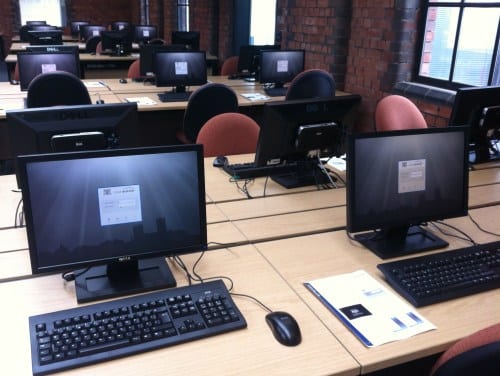At the beginning of February, after finally resolving the complexities of software licensing, we quietly opened up access to the Cloud Desktop from personally owned computers and devices. Now it is possible for both students and staff to connect to the Cloud Desktop from their own computer or device both remotely when off-campus and on-campus wherever there is Wi-Fi coverage. This important milestone now delivers on the promise of anytime anywhere access, meaning that students can access IT resources whenever (and wherever) they need.
We have already seen a wide range of devices connect including Windows PCs, Apple Macs, iPads and Android devices. To help people get connected we have produced a Connectivity Guide which includes step-by-step videos detailing exactly what you need to do. If you are not using Windows you will need to purchase some client connection software. For more details check out the guide at the ICT Support Desk.
Following this “soft launch” the service will now be promoted to students and staff through a variety of communication channels.


